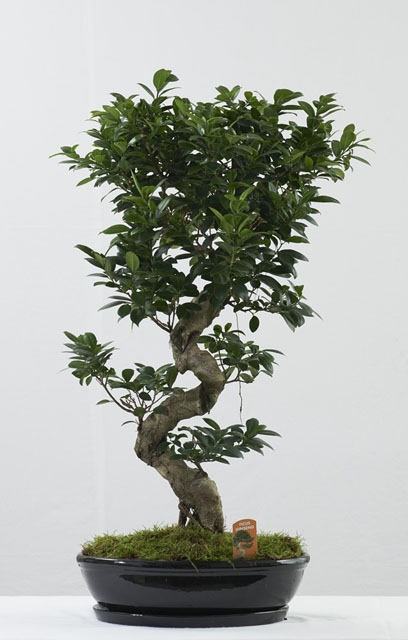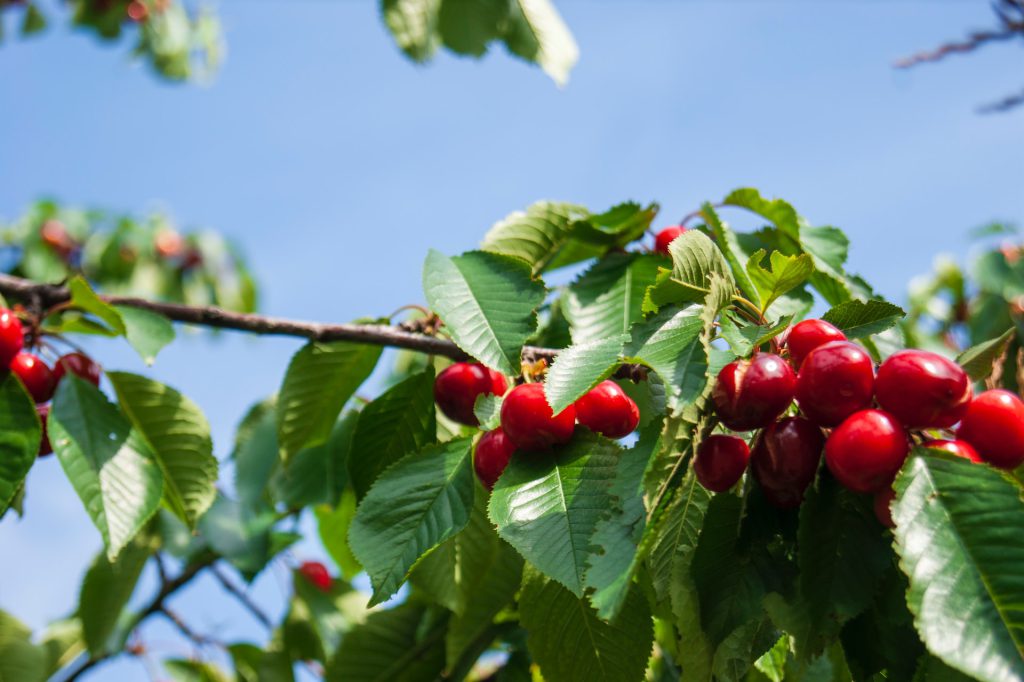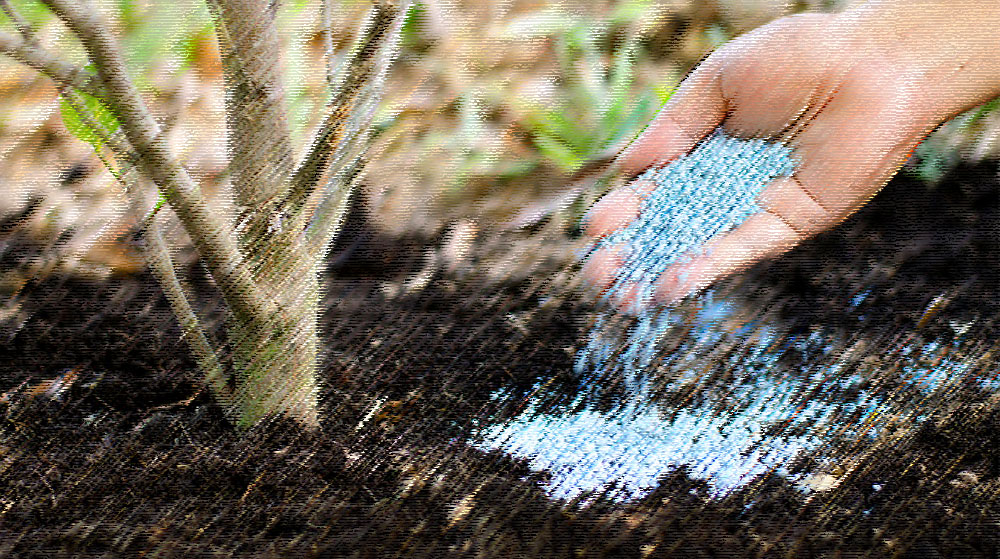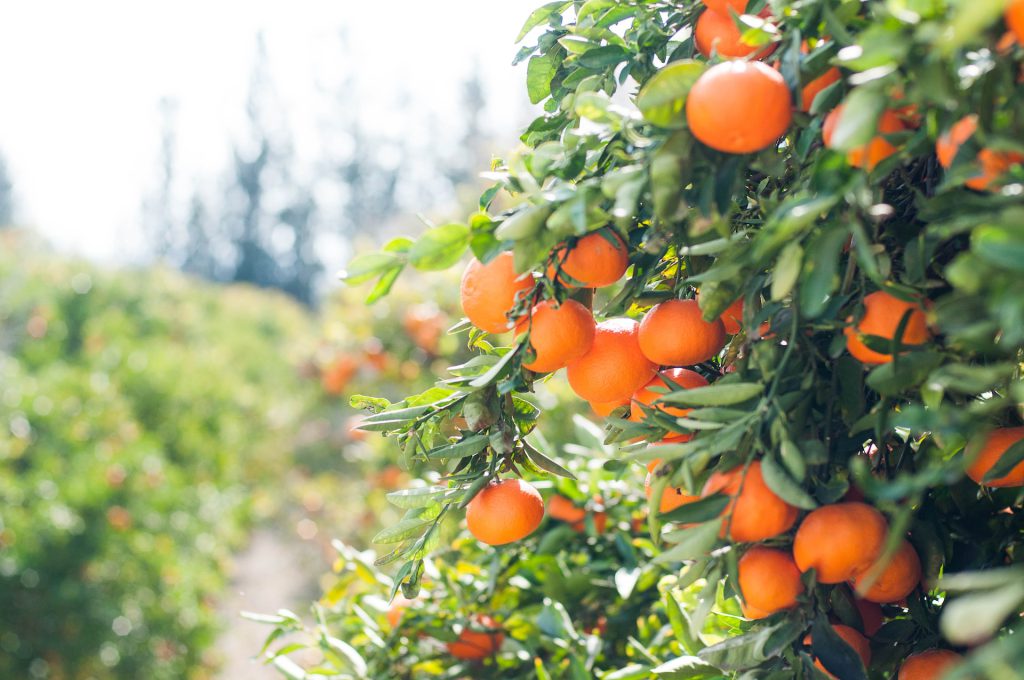We are all familiar with bonsai trees. Many of us have offered them as a gift to our loved ones, or even accepted them with great joy. But what most people don’t know is that the term bonsai is the name of the technique of growing a miniature tree, not the tree itself. But in order to get better acquainted with bonsai, it is good to look at the big picture.
Although they were first made famous in Japan, bonsai first began to be cultivated in China about 1.700 years ago. The early bonsai growers tended them in such a way that their trunk and foliage resembled dragons, reptiles or animals. As many cultural elements passed from China to Japan, bonsai cultivation arrived and flourished there around the 11th century AD, and the technique became an art. Bonsai came to be a symbol of wealth, prosperity and nobility, and to represent a combination of ancient beliefs and Eastern philosophy of harmony between man, soul and nature. As works of sophisticated art, bonsai were displayed in the salons of the aristocracy, but as an element of Japanese culture at the time, they were also representatives of the minimalism that has always characterized it. Tradition holds that three important virtues are needed to create a bonsai: truth, goodness and beauty.
As mentioned above, bonsai are common tree species, not separate dwarf trees. This means that any tree, regardless of its physical size, can be grown as a bonsai, although certainly some varieties are preferable, such as trees with small leaves. Some of the most common types of trees that can be bonsai are cedar, which is probably the most recognizable species, various conifers such as cypress and pine, and plants known and popular for their flowers, such as bougainvillea, which is one of the easiest tropical plants to grow, azalea and chrysanthemum. Also, many species of figs (over 100 varieties) make excellent bonsai and are even ideal for certain formations, while Chinese elm is a favorite of all growers, but especially beginners. Crasula, schefflera and mimosa are still some of the common choices for growers, and the list really goes on and on! To choose the tree to grow, one should take into account the climate of the area where they live, the space and the time they can devote to growing.
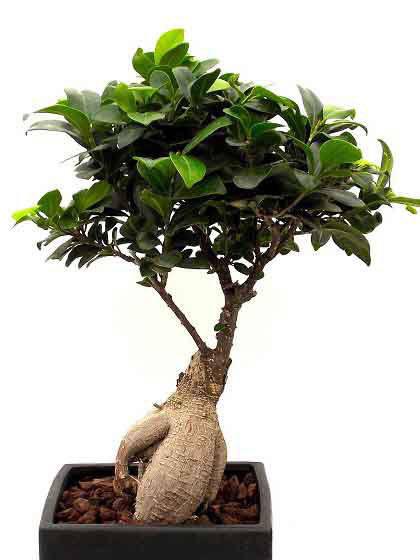
With proper care, bonsai can live for hundreds of years, just like any tree of the corresponding variety to the bonsai in question. Their age, after all, plays a decisive role in their value, and in combination with the type of tree, it determines the final price. The oldest bonsai are considered collectors’ items that are handed down from generation to generation. They are exhibited in museums and galleries and attract thousands of visitors, and at auctions from time to time some over-aged trees have sold to collectors for millions of dollars.
The proper care mentioned above depends on the kind of plant one wishes to grow as a bonsai. For this reason, when buying bonsai, it is imperative that we know the scientific name of the plant so that we can learn as much information as possible about its maintenance. When we leave the shop we should have the following questions answered:
- How much water, light and fertilizer does my bonsai need?
- What weeds and diseases does it get affected by?
- How can I maintain its shape?
- Can it withstand the winter outdoors?
- Can I keep it indoors all year round?
Pay particular attention to advice like “bonsai need watering every day/every other day” etc. It is understandable that since we are talking about different types of trees, their requirements will also be different. We understand, therefore, that watering is a function of the type of bonsai we care for, but also of the quality of the soil as well as the container. A general rule of thumb, which is applicable to most species, is to let the soil dry out just before watering. It is also a good idea to water it with a sprinkler or a fan-type water sprayer, so that the water doesn’t come down hard and scatter the soil.
Some tips for bonsai care, however, are common to all species:
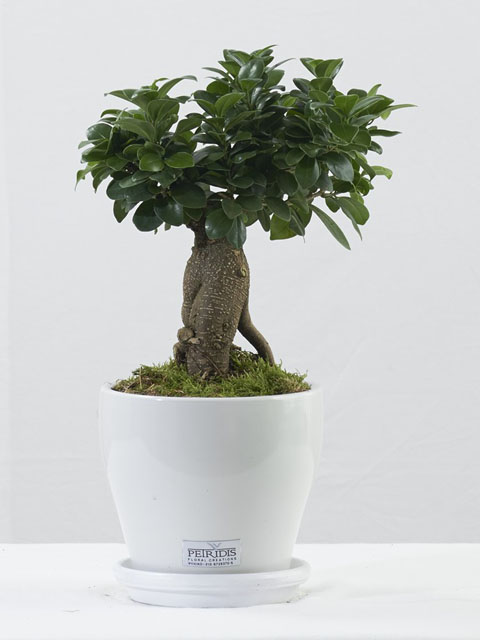
Attention to the season: bonsai trees, like all trees, have reactions proportional to the season, temperature and sunshine. In winter it is advisable not to water them too much and not to cut them down. Spring is a good time for transplanting, but also for adding nutrients to the soil, as well as pruning. In the summer, pay close attention to watering and finally, in the fall, you can again transplant or prune them if you like.
Sun in the morning, shade in the afternoon: Because bonsai need sun and shade equally, make sure they are in a spot where the sun can see them in the morning, and in the shade in the afternoon. If this combination is not possible in a single location, then it is advisable to move them.
Not in extreme temperatures: Make sure your bonsai is not exposed to large temperature changes within the same round-the-clock period. Move it indoors in case of heat or cold, and during seasonal changes, make sure to help it acclimatize smoothly. You will achieve this if you do not leave it exposed to outdoor temperatures, but move it indoors for short periods.
Water and “food”: use the right fertilizer to keep the bonsai plant healthy, don’t overwater and don’t let the soil dry out completely.
Don’t forget that the art of bonsai goes beyond the relaxation that gardening offers people and reaches the level of meditation. So a bonsai, apart from its beauty, will also offer us the serenity we may desire. The main goal of cultivation is to keep human intervention out of sight, and to make the work look as natural as possible. We have, therefore, many reasons for choosing them.
From Petridis Florists LV Floral Creations
Tags: BONSAI • PETRIDIS LV FLORAL CREATIONS • TREES

